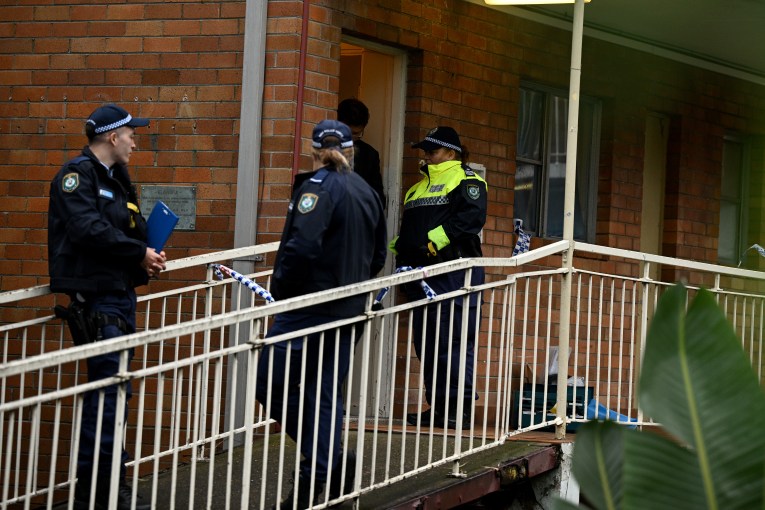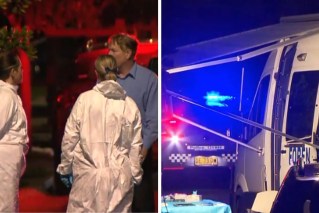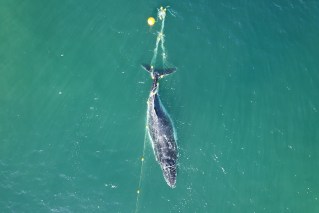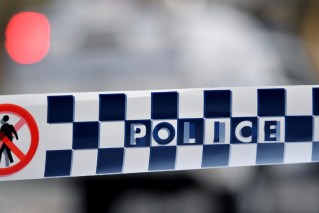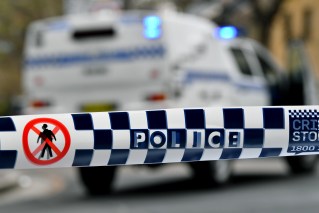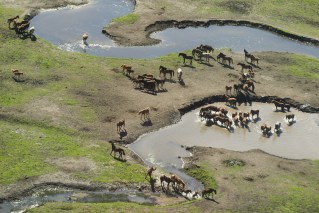Mass baby bat deaths threaten forests’ futures as effects of drought, bushfires mount
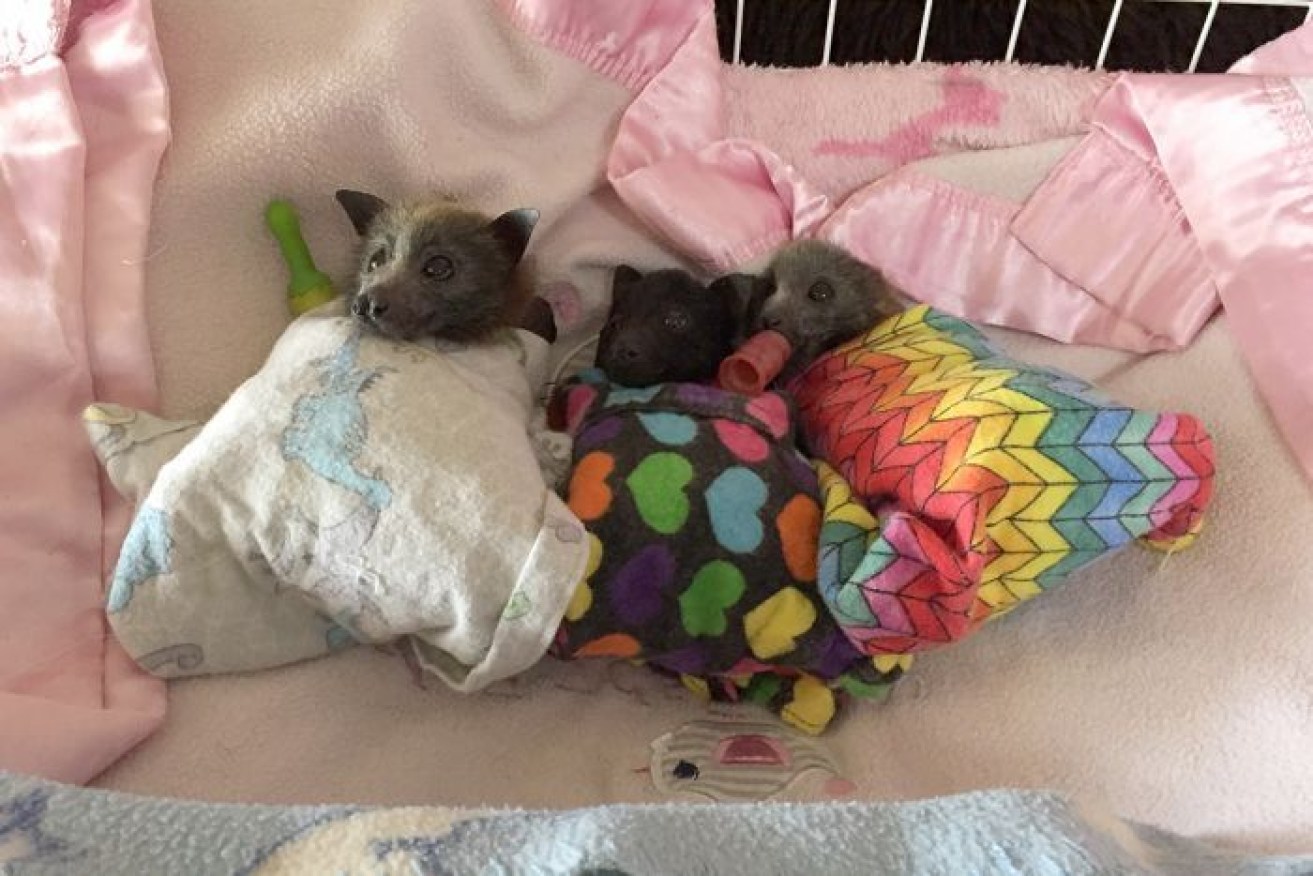
Bats are being cared for by being hand-fed, wrapped and cleaned in special bat wraps. Photo: ABC Illawarra/Caitlin Dugan
Baby bats are being left for dead by their mothers in their thousands on the New South Wales coast in an ‘abandonment event’ as drought and bushfire remove crucial vegetation for the keystone species.
WARNING: The following story contains content which some may find distressing.
At Janine Davies’ bat rescue sanctuary in Nowra on the NSW south coast, a group of baby bats are swaddled in soft cotton and lying in a donated humidicrib.
They are the lucky ones that have been discovered by bat rescuers trawling the Shoalhaven region for injured wildlife.
Ms Davies estimated since November 20, there have been 1700 bat deaths in her area alone.
“A flying fox has a pregnancy of six months, so that’s nearly this generation,” she said.
“We’ve had many different incidents before, but in this case it seems to be different to what I’ve experienced.
“When there’s a starvation event in the past, you usually find babies, juveniles and adults but in this instance, we’re only finding babies.”
Drought and bushfire taking toll on habitat
Ms Davies said the babies are being abandoned because there is simply not enough food for the mothers to sustain their offspring.
Between the drought and bushfire damage to their habitat, bats are having to travel further in search of food, meaning the mothers themselves are exhausted and malnourished.

Janine Davies from the Shoalhaven Bat Clinic says 1700 bats have been found dead in her area. Photo: ABC Illawarra/Caitlin Dugan
“The babies have to attach to mum by holding onto their teat by the mouth, so they’re either falling, or the mothers are putting them in the creche trees and not coming back to them,” Ms Davies said.
Bega ecologist Hugh Pitty said the problem has extended further down the coast into where he lives in the Eurobodalla area.
“In the spring of 2016, the widespread food shortages that occurred in an area from Adelaide to Gympie also impacted here in Bega and led to 60 deaths in the space of three weeks,” he said.
“Three years later, we are having another episode of mass deaths which suggests that the problem of food shortages for flying foxes in later winter and spring is recurring more frequently.”
Widespread deaths in the Hunter region
The situation is just as critical in the NSW Hunter region, where rescuers have been working exhausting hours to cope with the care required to treat abandoned bats.
Wildlife carer Nicole Doyle said the mass die-off of grey-headed flying foxes began on Wednesday across half-a-dozen roost sites
She said they have saved 98 bats from one roost in Raymond Terrace, but at least 500 were found dead.
“We’ve got a lot of dead babies in the trees,” she said.
“So many on the ground, hundreds of babies.
“We actually got a newborn baby still with its umbilical cord attached, so its mum’s basically given birth to it and abandoned it.”

Dead bats are being found along the NSW coast as mothers abandon their pups as they struggle to find food. Photo: Hugh Pitty
Ms Doyle said many of the Hunter region’s roosts were nationally significant breeding populations, and with no forecast break in the drought, she held concerns for the species’ future.
“Flying foxes, especially grey-headed flying foxes, they can’t sustain themselves with that,” she said.
“We will lose them and we need them.
“They’re already vulnerable now and that’s something we can’t afford to lose. Our environment needs these guys.”
‘We’re never told how important they are’
Janine Davies said mass bat deaths is something people should care about because bats are essential creatures in the food chain.
They are known as a ‘keystone species’, which is an animal that has a significant impact on other organisms in the ecosystem.
“Too many people think they’re dirty and rodents and that’s so far from the truth,” she said.
“We are never told how important they are.
“Without them pollinating and dispersing the native fruit trees, we’re going to lose a lot of our forests in the years to come.”

Bats at Shoalhaven Bat Clinic have been recovering in a humidicrib. Photo: ABC Illawarra/Cailtin Dugan
She said if those trees and forest disappear, there will not only be a huge decline in bats, but it will affect birds, koalas or other species that use the forest.
Most bats rely on nectar from the eucalyptus blossom, much of which has been wiped out in the Shoalhaven by fires that have burnt over 84,000 hectares between Batemans Bay and Ulladulla.
Public urged to avoid touching bats
Janine Davies is encouraging people to report injured or dead bats to WIRES or their local wildlife rescue organisation and not touch them.
Bats can transmit the lyssavirus to humans, but Ms Davies and other bat carers are vaccinated against it.
“We tell people there is no danger if you do not touch them.
“Instead people should become educated and know they are vital to the existence of the forest.”
Volunteers from the Central Coast recently travelled to Nowra to collect 18 baby bats to lighten the load for the Shoalhaven carers.
They have been utilising custom-made bat wraps made by the Animal Rescue Craft Guild.
